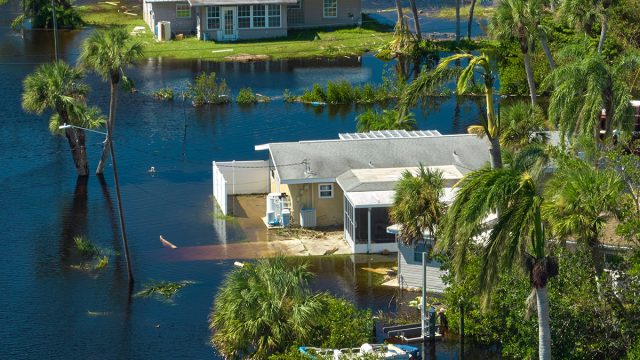
When Hurricane Ian hit Florida in September, it left behind a historic amount of destruction: Officials estimate it caused up to $75 million in damage, which would make it one of the ten costliest storms of all time. But beyond wrecked homes and flooded basements, the category 4 hurricane produced a unique threat: Flesh-eating bacteria.
After Hurricane Ian, 28 people were infected with Vibrio vulnificus, a bacteria “which can quickly degrade skin cells, leach iron from the blood, and lead to multiple organ failure,” Wired reports. Seven of those people have died. Experts believe that V. vulnificus, and other highly dangerous bacteria like it, will become more common as the planet warms. More intense storms increase the risk, but bacteria outbreaks have been reported in northern countries immune to hurricanes. Read on to find out more.
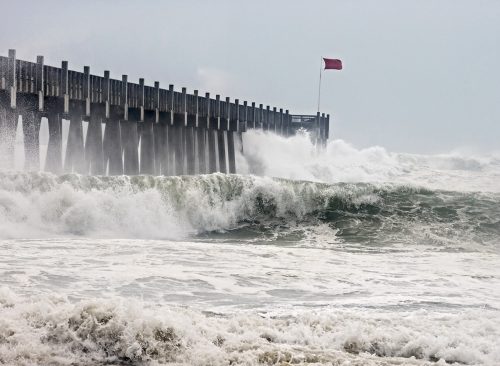
When Hurricane Ian hit, brackish water from the Gulf of Mexico poured into homes and businesses—and sewers, wastewater facilities, and septic tanks. Stormy winds and choppy waters mixed everything together, and when the storm passed, what was left behind was a stagnant bacteria soup.
“When you’re in a tropical environment with standstill water that’s very contaminated with debris and whatever else is baking in the sun—that is the perfect cocktail for this bacteria to develop,” James Williams, an environmental specialist at the Florida Department of Health, told Wired.
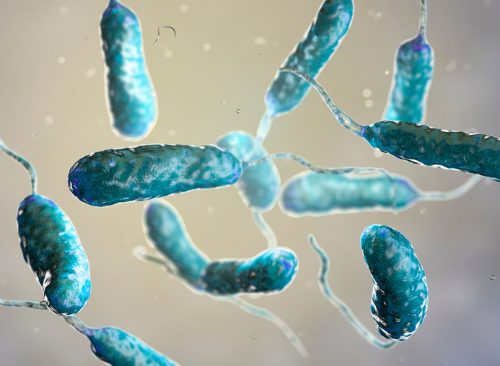
Vibriosis is an illness caused by infection with V. vulnificus bacteria. According to the CDC, there are 80,000 cases of vibriosis each year in the US. About 52,000 of these illnesses result from eating raw or undercooked shellfish.
But vibrio bacteria can also cause a skin infection—known as necrotizing fasciitis—when an open wound is exposed to salt water or brackish water (a combination of fresh and saltwater) containing the bacteria. About 80% of infections occur between May and October when water temperatures are warmer.
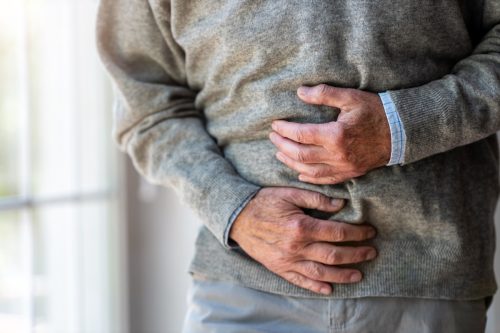
Symptoms of Vibrio vulnificus infection include diarrhea, stomach cramps, nausea, vomiting, and fever. Other symptoms are chills, low blood pressure, blisters, pain, swelling, and discoloration. Most people recover within three days, the CDC says.
But infection can also lead to serious illness, and people who are immunocompromised are particularly at risk. “People with a Vibrio vulnificus infection can get seriously ill and need intensive care or limb amputation,” says the CDC. “About 1 in 5 people with this type of infection die, sometimes within a day or two of becoming ill.”

On Oct. 19, ABC News reported that 65 cases of vibriosis had been reported in Florida this year, along with 11 deaths. That compares to 34 cases and 10 deaths in 2021. State officials say the increase is due to Hurricane Ian. Most cases have been seen in hard-hit Lee County.
“Flood waters and standing waters following a hurricane pose many risks, including [organisms that cause] infectious diseases such as Vibrio vulnificus,” the Lee County health department said on Oct. 3. “For that reason, the Florida Department of Health in Lee County is urging the public to take precautions against infection and illness caused by Vibrio vulnificus.” Those precautions: Stay out of flood and standing water, cover wounds with a waterproof bandage, and wash wounds and cuts thoroughly if they touch the water.
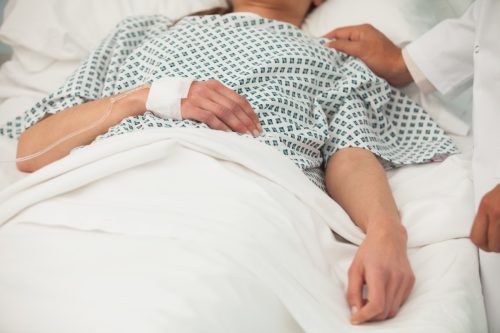
Wired points out that a recent analysis by the EPA found that vibrio infection rates could increase by 50 to 100 percent in the United States by 2090, increasing the cost of treating related illnesses from $2 billion to $7 billion. And vibriosis isn’t just a risk in hurricane-prone areas.
“Outbreaks of vibriosis are also expected to migrate further northward as temperatures tick up and sea levels rise,” the news outlet says. “One outbreak in Scandinavia in 2014 infected close to 90 people, some within 100 miles of the Arctic Circle. The culprit: a persistent heat wave that caused sea surface temperatures to reach heights never before recorded in that region.”














